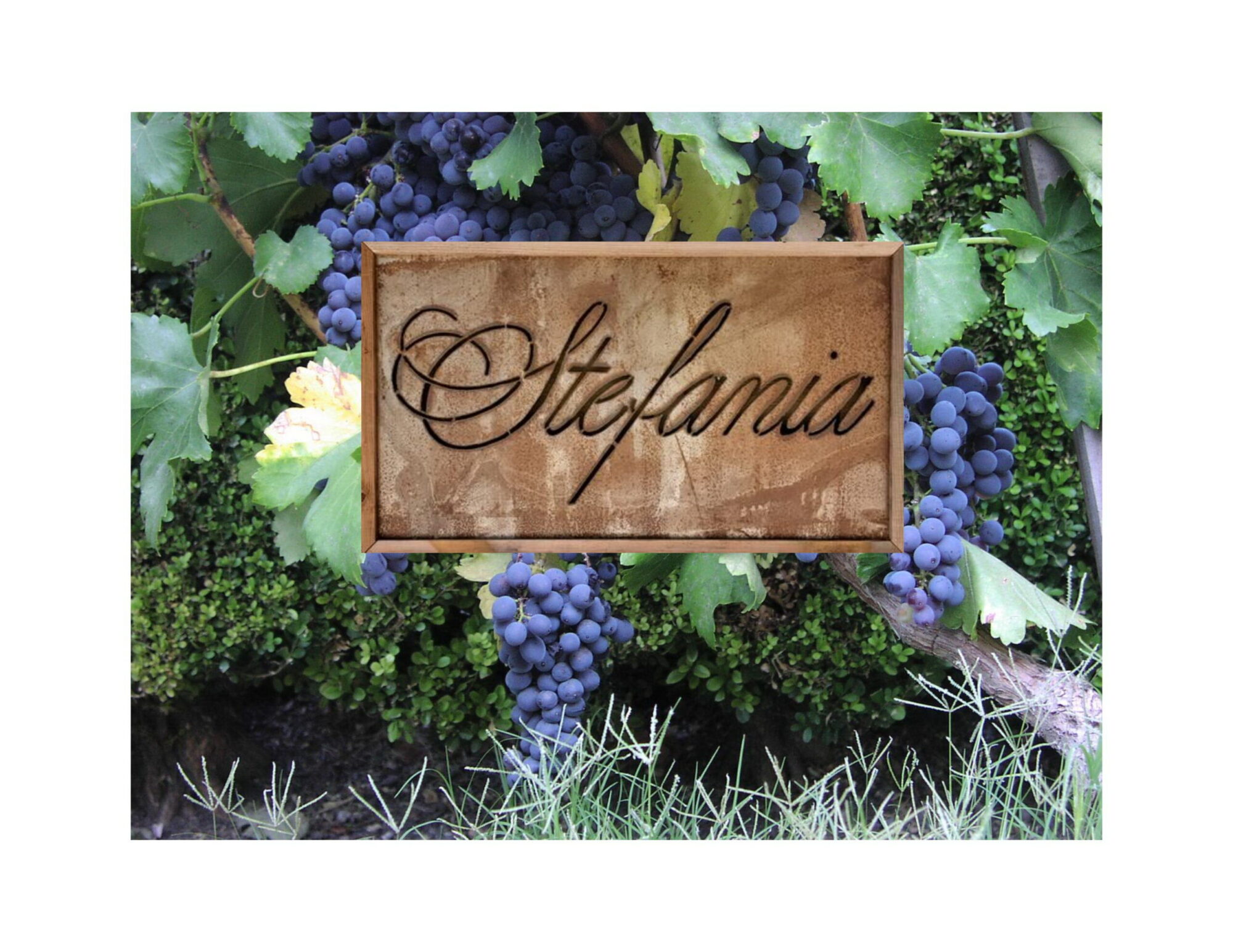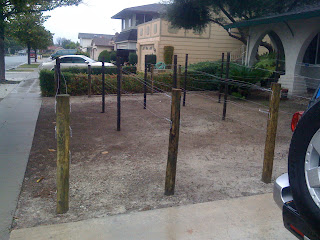By the time we had bottled the 2007 in the spring of 2009 we knew we needed to plan for a Haut Tubee release in a much more formal way than we had in the past. 2007 had worked out well but we knew that a good part of the production was from the higher yields that year and a good part of the rest was from barrel experiments that we knew we would not do every year.
Our experience though with the blending the 2007 wine, which we had largely done in the summer of 2008, helped a plan come together. With the Eaglepoint Ranch Syrah we had picked two barrels of wine that we though were least like the other seven and eliminated them from the final blend. I felt that really made the final Syrah much stronger.
We had also done a similar thing with the 2007 Chaine d’Or Cabernet Sauvignon. In the summer of 2008 we pulled samples from all eight barrels we had. We went through the same process as we had done with the Syrah. We selected the barrels that were least like the others. It’s important to note, we’re not looking for the ‘least’ barrels, or the ‘worst’ barrels, we’re looking for the barrels that are most different from the others.
We then rank them, in this case from one to eight. Next we start blending trials. It might be the one we ranked least typical adds something really unique or good when combined with other barrels. As we do this the samples start to stand out. Certain barrels bring less to the final blend than others. They may be really good barrels, and usually are, but they don’t contribute as much to the final blend as others.
On that 2007 wine we selected two barrels that we then divided up between the Haut Tubee and the Santa Cruz Mountains Cabernet Sauvignon. We did that division also based on what would bring the most to each finished wine.
In the end we thought the process made every wine better. For the single vineyard wines it really let us focus on bringing out what is unique in each vineyard. For the Santa Cruz Mountain Cabernet Sauvignon it let us bring together a wine with everything complete. Finally for the Haut Tubee it let us create a really great hand made wine and price it low enough that it’s a great bargain.
That last part turned out to be good for our customers in a number of ways. For new customers who hadn’t tried our wines it gave them a wine they could evaluate without putting out a lot of cash. With 3 bottles at $60 the price to try the wine was 1/3 of what a single new bottle of Napa Cab would cost. For existing customers it gave them a wine they could enjoy our wines while the longer aging wines of ours rested in their cellars. Off course the best part was getting a really good wine for $20.
Based on all that we decided to make the Haut Tubee part of our regular planning. Now we plan on making those one or two barrels from our small vineyards. We also now plan on evaluating each single vineyard wine in barrel and selecting candidates to declassify into the Haut Tubee. We may decided they are all ok to stay, or we may move one or more to the Haut Tubee.
We think that in 2008 and again in 2009 it made all of our wines better to take this approach. We’ve built it into our planning for 2010 and we’re even talking now about having a Haut Tubee Rose and a Haut Tubee White wine. So the Haut Tubee is here to stay and we’re very happy with how things have turned out.
The new replanted Haut Tubee in the Winter of 2008 before replanting with Mourvedre.

